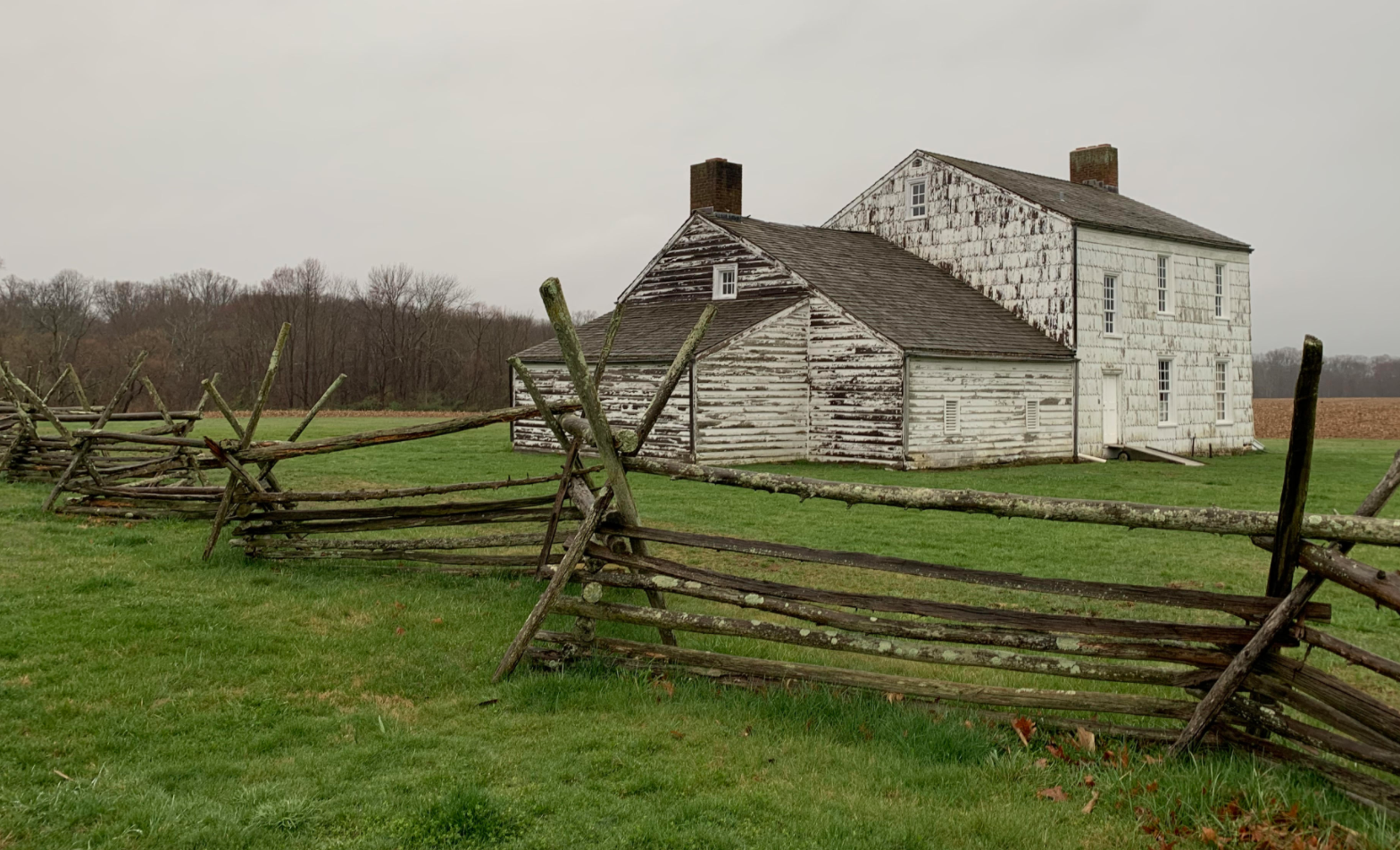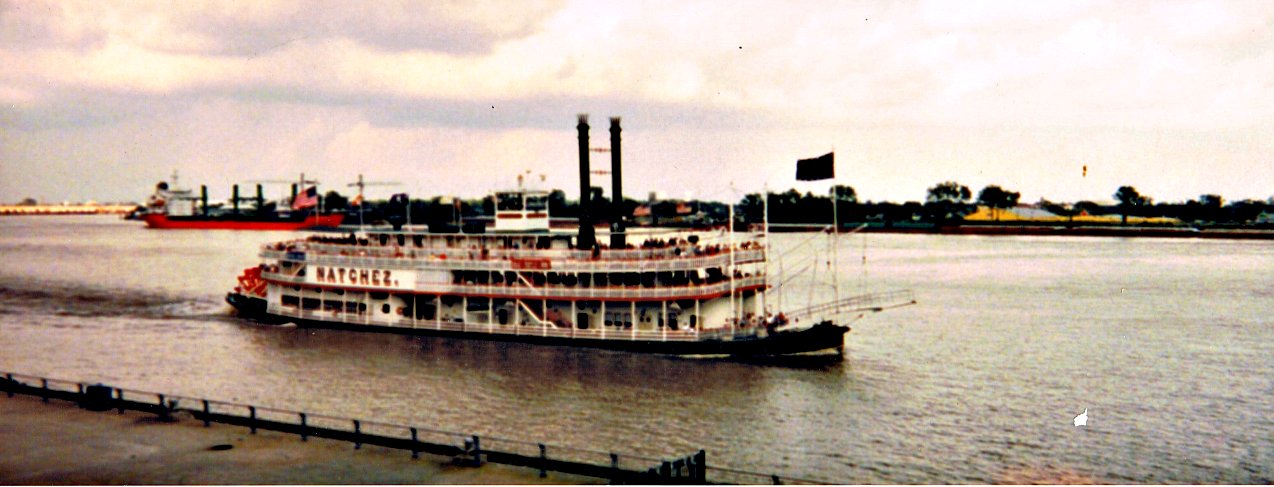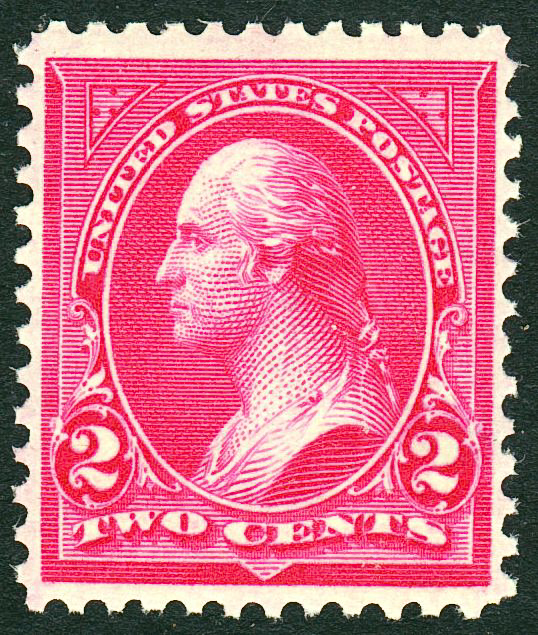|
David Forman (general)
David Forman (3 November 1745 – 12 September 1797) was born in Monmouth County, New Jersey of parents Joseph Forman and Elizabeth Lee. His father was a wealthy shipowner and he was educated at Princeton. At the start of the American Revolutionary War he rallied to the patriot cause and was appointed lieutenant colonel of a New Jersey state regiment. When his commander assumed command of the brigade, he was promoted colonel of the regiment during the New York and New Jersey Campaign in 1776. At the time of the battles of Trenton and Princeton Forman's regiment waged a merciless war against the American Loyalists of Monmouth County. Then and later he became known as "Devil David" for his zeal in suppressing the local Tories. In January 1777, the Continental Congress authorized him to raise Forman's Additional Continental Regiment with the rank of colonel in the Continental Army. In March 1777 he was promoted brigadier general of New Jersey militia. He led a militia brigade ... [...More Info...] [...Related Items...] OR: [Wikipedia] [Google] [Baidu] |
Monmouth County, New Jersey
Monmouth County () is a county located on the coast of central New Jersey. The county is part of the New York metropolitan area and is situated along the northern half of the Jersey Shore. As of the 2020 U.S. census, the county's population was 643,615, making it the state's fifth most populous county,QuickFacts - Monmouth County, New Jersey; New Jersey; United States , . Accessed March 24, 2018. representing an increase of 13,245 (2.1%) from the 2010 census, w ... [...More Info...] [...Related Items...] OR: [Wikipedia] [Google] [Baidu] |
American Loyalists
Loyalists were colonists in the Thirteen Colonies who remained loyal to the British Crown during the American Revolutionary War, often referred to as Tories, Royalists or King's Men at the time. They were opposed by the Patriots, who supported the revolution, and called them "persons inimical to the liberties of America." Prominent Loyalists repeatedly assured the British government that many thousands of them would spring to arms and fight for the crown. The British government acted in expectation of that, especially in the southern campaigns in 1780–81. Britain was able to effectively protect the people only in areas where they had military control, and in return, the number of military Loyalists was significantly lower than what had been expected. Due to the conflicting political views, loyalists were often under suspicion of those in the British military, who did not know whom they could fully trust in such a conflicted situation; they were often looked down upon. Pat ... [...More Info...] [...Related Items...] OR: [Wikipedia] [Google] [Baidu] |
1745 Births
Events January–March * January 7 – War of the Austrian Succession: The Austrian Army, under the command of Field Marshal Károly József Batthyány, makes a surprise attack at Amberg and the winter quarters of the Bavarian Army, and scatters the Bavarian defending troops, then captures the Bavarian capital at Munich * January 8 – The Quadruple Alliance treaty is signed at Warsaw by Great Britain, Austria, the Dutch Republic and the Duchy of Saxony. * January 20 – Less than two weeks after the disastrous Battle of Amberg leaves Bavaria undefended, the electorate's ruler (and Holy Roman Emperor) Karl VII Albrecht dies from gout at the age of 47, leaving the duchy without an adult to lead it. His 17-year-old son, Maximilian III Joseph, signs terms of surrender in April. * February 22 – The ruling white colonial government on the island of Jamaica foils a conspiracy by about 900 black slaves, who had been plotting to seize control and to ... [...More Info...] [...Related Items...] OR: [Wikipedia] [Google] [Baidu] |
Washington's Crossing (book)
''Washington's Crossing'' is a Pulitzer Prize-winning book written by David Hackett Fischer and part of the "Pivotal Moments in American History" series. It is primarily about George Washington's leadership during the 1776 campaign of the American Revolutionary War, culminating with George Washington's crossing of the Delaware River and the subsequent campaign, with the Battle of Trenton, the Battle of the Assunpink Creek, and the Battle of Princeton. The main theme of Fischer's book is the concept of contingency history, one major theory of history. Contingency history is the idea that people's decisions matter, and it is because of these decisions that certain events take place. Washington's decisions changed the course of the Revolutionary War and ultimately led the Continental Army to victory. Organization Fischer discusses the historical context of the crossing, including the crossing's precursors, the intensity of effort required to make the crossing itself, and the e ... [...More Info...] [...Related Items...] OR: [Wikipedia] [Google] [Baidu] |
Natchez, Mississippi
Natchez ( ) is the county seat of and only city in Adams County, Mississippi, United States. Natchez has a total population of 14,520 (as of the 2020 census). Located on the Mississippi River across from Vidalia in Concordia Parish, Louisiana, Natchez was a prominent city in the antebellum years, a center of cotton planters and Mississippi River trade. Natchez is some southwest of Jackson, the capital of Mississippi, which is located near the center of the state. It is approximately north of Baton Rouge, Louisiana, located on the lower Mississippi River. Natchez is the 25th-largest city in the state. The city was named for the Natchez tribe of Native Americans, who with their ancestors, inhabited much of the area from the 8th century AD through the French colonial period. History Established by French colonists in 1716, Natchez is one of the oldest and most important European settlements in the lower Mississippi River Valley. After the French lost the French and India ... [...More Info...] [...Related Items...] OR: [Wikipedia] [Google] [Baidu] |
Charles Willson Peale
Charles Willson Peale (April 15, 1741 – February 22, 1827) was an American Painting, painter, soldier, scientist, inventor, politician and naturalist. He is best remembered for his portrait paintings of leading figures of the American Revolution, and for establishing one of the first museums in the United States. Early life Peale was born in 1741 between modern-day Queenstown, Maryland, Queenstown and Centreville, Maryland, Centreville, Queen Anne's County, Maryland, the son of Charles Peale (1709–1750) and his wife Margaret Triggs (1709–1791). He had a younger brother, James Peale (1749–1831). He was the brother-in-law of Nathaniel Ramsey, a delegate to the Congress of the Confederation. Four years after his father’s death in 1750, Charles became an apprentice to a saddle maker by the name of Nathan Waters when he was thirteen years old. Upon reaching maturity, he opened his own saddle shop and joined the Sons of Liberty in 1764 in opposition to the “court” pa ... [...More Info...] [...Related Items...] OR: [Wikipedia] [Google] [Baidu] |
James Sharples (portrait Painter)
James Sharples (1751 or 1752, in Lancashire – 26 February 1811, in New York City) was an English portrait painter and pastelist, who moved to the United States in 1794. He first exhibited at the Royal Academy in 1779. Biography Sharples first intended to enter the Catholic priesthood, but became an artist instead. Sharples headed a family of successful portrait artists, including his third wife Ellen Sharples. He had four children: George by his first wife; Felix Thomas Sharples from his second marriage (c. 1786- after 1823); and James Sharples Jr.(c. 1788–1839) and daughter Rolinda Sharples (1793–1838) with this third wife, Ellen. Felix, James Jr. and Rolinda joined the family enterprise at ages 17, 15, and 13 respectively. Before marrying Ellen Wallace, James had been active in Bristol, Liverpool, and Bath, where he taught drawing. The family left for the United States in 1796, but, according to Ellen's diaries, their ship fell into the hands of the French, and for ... [...More Info...] [...Related Items...] OR: [Wikipedia] [Google] [Baidu] |
Asgill Affair
The Asgill Affair was an event that occurred towards the end of the American Revolution. As a result of ongoing murders taking place between the Patriot and Loyalist factions, retaliatory measures were then taken by General George Washington against a British officer, Captain Charles Asgill, condemned to be hanged, in direct contravention of the Articles of Capitulation. To this end lots were drawn amongst 13 British Captains on 27 May 1782. As America's allies, the French monarchy became involved and let it be known that such measures would reflect badly on both the French and American nations. The French Foreign Minister, the comte de Vergennes, wrote to Washington on 29 July 1782 to express these views. After a six-month ordeal, awaiting death daily, the Continental Congress eventually agreed that Asgill should be released to return to England on parole. Background After the capitulation of the British forces at Yorktown in 1781, by tit-for-tat murders between the Patr ... [...More Info...] [...Related Items...] OR: [Wikipedia] [Google] [Baidu] |
Spencer's Additional Continental Regiment
Spencer's Additional Continental Regiment, sometimes referred to as the 5th New Jersey Regiment, was an American infantry unit that served for four years in the Continental Army during the American Revolutionary War. The Continental Congress authorized sixteen "Additional" Continental Regiments in late 1776 and Colonel Oliver Spencer accepted command of this regiment with rank from January 15, 1777. Recruiting for Spencer's Regiment took place in numerous New Jersey counties but especially in Essex (now Union), Morris and Sussex Counties and adjacent Orange County in New York. When it assembled at Middlebrook, New Jersey in late May, 1777, nine companies comprised the regiment, including one independent Continental company raised in Pennsylvania. Spencer's Regiment was assigned to Brigadier General Thomas Conway's 3rd Pennsylvania Brigade in late May 1777 and was engaged at the Battle of Short Hills late that June. It was in the thick of the fighting at the Brandywine where ... [...More Info...] [...Related Items...] OR: [Wikipedia] [Google] [Baidu] |
George Washington
George Washington (February 22, 1732, 1799) was an American military officer, statesman, and Founding Father who served as the first president of the United States from 1789 to 1797. Appointed by the Continental Congress as commander of the Continental Army, Washington led the Patriot forces to victory in the American Revolutionary War and served as the president of the Constitutional Convention of 1787, which created the Constitution of the United States and the American federal government. Washington has been called the " Father of his Country" for his manifold leadership in the formative days of the country. Washington's first public office was serving as the official surveyor of Culpeper County, Virginia, from 1749 to 1750. Subsequently, he received his first military training (as well as a command with the Virginia Regiment) during the French and Indian War. He was later elected to the Virginia House of Burgesses and was named a delegate to the Continental Congress ... [...More Info...] [...Related Items...] OR: [Wikipedia] [Google] [Baidu] |
Charles Hector, Comte D'Estaing
Jean Baptiste Charles Henri Hector, comte d'Estaing (24 November 1729 – 28 April 1794) was a French general and admiral. He began his service as a soldier in the War of the Austrian Succession, briefly spending time as a prisoner of war of the British during the Seven Years' War. Naval exploits during the latter war prompted him to change branches of service, and he transferred to the French Navy. Following France's entry into the American War of Independence in 1778, d'Estaing led a fleet to aid the American rebels. He participated in a failed Franco-American siege of Newport, Rhode Island in 1778 and the equally unsuccessful 1779 Siege of Savannah. He did have success in the Caribbean before returning to France in 1780. His difficulties working with American counterparts are cited among the reasons these operations in North America failed. Although d'Estaing sympathized with revolutionaries during the French Revolution, he held a personal loyalty to the French royal family. ... [...More Info...] [...Related Items...] OR: [Wikipedia] [Google] [Baidu] |
Charles Lee (general)
Charles Lee ( – 2 October 1782) was an English-born American military officer who served as a general of the Continental Army during the American Revolutionary War. He also served earlier in the British Army during the Seven Years War. He sold his commission after the Seven Years War and served for a time in the Polish army of King Stanislaus II Augustus. Lee moved to North America in 1773 and bought an estate in western Virginia. When the fighting broke out in the American War of Independence in 1775, he volunteered to serve with rebel forces. Lee's ambitions to become Commander in Chief of the Continental Army were thwarted by the appointment of George Washington to that post. In 1776, forces under his command repulsed a British attempt to capture Charleston, which boosted his standing with the army and Congress. Later that year, he was captured by British cavalry under Banastre Tarleton; he was held by the British as a prisoner until exchanged in 1778. During the Ba ... [...More Info...] [...Related Items...] OR: [Wikipedia] [Google] [Baidu] |








_(par_Jean-Pierre_Franque).jpg)
